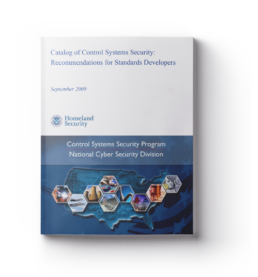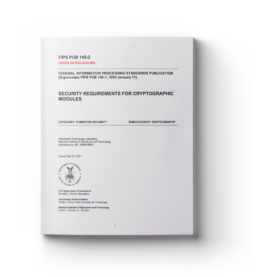Catalog of Control Systems Security: Recommendations for Standards Developers

Catalog of Control Systems Security: Recommendations for Standards Developers (co-author)
This catalog presents a compilation of practices that various industry bodies have recommended to increase the security of control systems from both physical and cyber attacks. The recommendations in this catalog are grouped into 19 families, or categories, that have similar emphasis. The recommendations within each family are displayed with a summary statement of the recommendation, supplemental guidance or clarification, and a requirement enhancements statement providing augmentation for the recommendation under special situations. This catalog is not limited for use by a specific industry sector but can be used by all sectors to develop a framework needed to produce a sound cybersecurity program. This catalog should be viewed as a collection of recommendations to be considered and judiciously employed, as appropriate, when reviewing and developing cybersecurity standards for control systems. The recommendations in this catalog are intended to be broad enough to provide any industry using control systems the flexibility needed to develop sound cybersecurity standards specific to their individual security needs.
Federal Information Processing Standard (FIPS) 140-2, Security Requirements for Cryptographic Modules

Federal Information Processing Standard (FIPS) 140-2, Security Requirements for Cryptographic Modules (technical lead for the standard)
The selective application of technological and related procedural safeguards is an important responsibility of every Federal organization in providing adequate security in its computer and telecommunication systems. This publication provides a standard that will be used by Federal organizations when these organizations specify that cryptographic-based security systems are to be used to provide protection for sensitive or valuable data. Protection of a cryptographic module within a security system is necessary to maintain the confidentiality and integrity of the information protected by the module. This standard specifies the security requirements that will be satisfied by a cryptographic module. The standard provides four increasing, qualitative levels of security intended to cover a wide range of potential applications and environments. The security requirements cover areas related to the secure design and implementation of a cryptographic module. These areas include cryptographic module specification; cryptographic module ports and interfaces; roles, services, and authentication; finite state model; physical security; operational environment; cryptographic key management; electromagnetic interference/electromagnetic compatibility (EMI/EMC); self-tests; design assurance; and mitigation of other attacks.